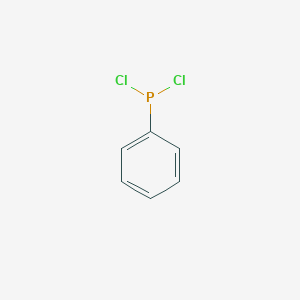 |
Recently, the ferroelectric-semiconductor coupled photovoltaic device prepared by the Compound Thin Film Solar Cell Research Group of the Institute of Electrical Engineering of the Chinese Academy of Sciences on ordinary soda-lime glass was certified by the Solar Photovoltaic Power Generation System and the Wind Power System Quality Inspection Center of the Chinese Academy of Sciences, and its conversion efficiency reached 11.3%.
Ferroelectric-semiconductor coupled photovoltaic devices, also known as nanodipole solar cells, belong to the third generation of solar cells. Unlike traditional PN junctions, this photovoltaic device generates a built-in electric field from the polarized electric field of a nanoparticle matrix with ferroelectric properties; and the semiconductor medium filled between the nanodipole particles acts as a light-absorbing material. Character.
Under light conditions, the semiconductor light-absorbing material absorbs visible light to generate photo-generated carriers. These photo-generated carriers are separated under the effect of the polarization field, and move toward the two poles of the battery to output power to the external circuit, thereby completing the current of the solar photovoltaic device. Voltage two necessary outputs.
An important difference between this new device and the traditional PN junction photovoltaic device is that these nanoparticles in the film will form a polarization field under the polarization of the external electric field, and can be deflected by the external electric field after the battery is prepared and prepared. Affects the output voltage of the battery and improves the conversion efficiency.
This group has discovered this phenomenal phenomenon in 2013 and published it on Prog. Photovolt: Res. Appl. ("A CdS Nano-dipole Solar Cell", Progress in Photovoltaics: Research and Applications. DOI: 10.1002/ Pip.2432)
According to reports, the team led by Liu Xiangxin, a researcher at the Institute of Electrical Engineering of the Chinese Academy of Sciences, uses CdS nanoparticles as piezoelectric materials and CdTe as light-absorbing materials. It not only proves the working mechanism of nano-dipole solar cells through various microscopic and macroscopic techniques, but also succeeds in The conversion efficiency of this new type of photovoltaic device has been improved to 11.3%. Compared with traditional PN junction solar cells, the preparation process of nano-dipole thin-film cells is simpler and only a thin film is deposited.
The above work was supported by the Chinese Academy of Sciences and the National Natural Science Foundation of China. (Author: Xiao Bei)
Dichlorophenylphosphine Basic Information
Product Name: Dichlorophenylphosphine
CAS: 644-97-3
MF: C6H5Cl2P
MW: 178.98
EINECS: 211-425-8
Mol File: 644-97-3.mol

Dichlorophenylphosphine Chemical Properties
Melting point: −51 °C(lit.)
Boiling point: 222 °C759 mm Hg(lit.)
Density: 1.319 g/mL at 25 °C(lit.)
Fp: >230 °F
Storage temp. :Store below +30°C.
Form: Liquid
Specific Gravity: 1.319 (20℃)
Color: Clear colorless to slightly yellow
Sensitive: Moisture Sensitive
P,P-Dichlorophenylphosphine CAS No.644-97-3
Phenylphosphonium dichloride,Diphenylphosphine chloride,Phenylphosphinic acid,2-hydroxyethylphenylphosphinic acid,Phenylphosphonic dichloride,Phenylthiophosphonochloride
ShanDong YingLang Chemical Co.,LTD , https://www.sdylhgtrade.com